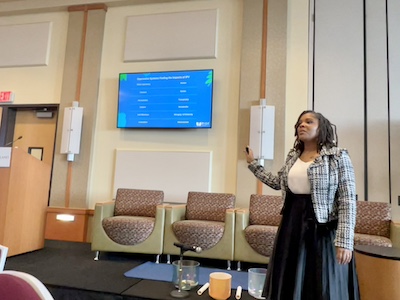By David Beaudouin
 It’s a grim truth borne out by statistical fact — intimate partner violence (IPV) is on the rise in the United States and around the world. In a 2021 report titled “Measuring the Shadow Pandemic: Violence Against Women During COVID-19,” the United Nations reported that violence against women had “intensified” dramatically since the onset of the COVID-19 pandemic. In the report, which surveyed 13 countries, 45 percent of women stated that they or a woman they knew had experienced a form of violence since the pandemic began.
It’s a grim truth borne out by statistical fact — intimate partner violence (IPV) is on the rise in the United States and around the world. In a 2021 report titled “Measuring the Shadow Pandemic: Violence Against Women During COVID-19,” the United Nations reported that violence against women had “intensified” dramatically since the onset of the COVID-19 pandemic. In the report, which surveyed 13 countries, 45 percent of women stated that they or a woman they knew had experienced a form of violence since the pandemic began.
During the same period, an American Journal of Emergency Medicine study indicated that domestic violence cases in certain areas of the U.S. had increased by as much as 20 percent. More recently, the Council on Criminal Justice reported that domestic violence incidents increased by 0.3 percent in 11 cities during the first half of 2023 compared to the first half of 2022.
These mounting IPV numbers have caused many licensed clinical social workers to re-examine their “toolbox” and consider a range of alternative therapeutic approaches. These novel modalities, applied in tandem with current cognitive behavioral and dialectical behavioral therapies, can more fully address the needs of IPV clients suffering from the effects of trauma.
